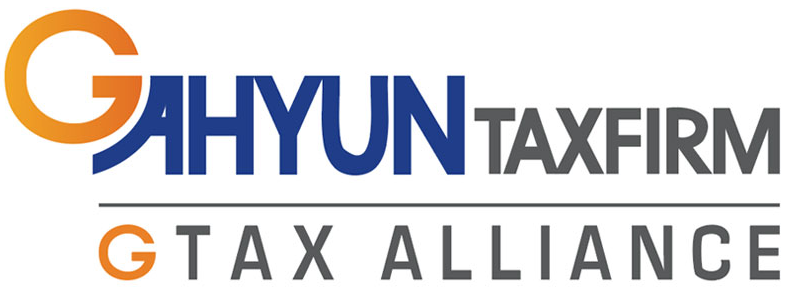
[Tax benefit]Tax Benefits Available to foreign employees in Korea - Part 1 (Special tax rate)
Korea's tax rates follow a progressive tax system, which means that the more income you earn, the higher the percentage of your income you pay in taxes. Below is the Korean tax rate table. As you can see, the tax rate can increase to approximately 50% when
www.g-tax.kr
Following the previous post, today we are going to tell you about special flat tax rate for foreign employees in Korea. As I said the other posting, it's not always have advantage to apply it. there are some advangate for applying these tax rate.

1. Increased Tax Base with the Flat Tax Rate
You pay health insurance every month, with a portion deducted from your salary. However, it's essential to note that your company covers half of the health insurance costs, and this amount paid by your company on your behalf is technically part of your salary. Under general tax calculation rules, the portion of health insurance paid by the company is considered non-taxable income. However, in flat tax calculations, it is not exempt, and this amount must be included in your total taxable salary.
2. Exclusion of Salary Basic Deduction in Special Taxation
In general tax calculations, there are deductions for employees' salary income, which can significantly reduce the taxable income. For example, if your salary is 150,000,000 KRW, the deduction can amount to 15,750,000 KRW, resulting in a tax base salary of 134,250,000 KRW.

However, it's important to note that in special taxation, such as the flat tax rate, these salary basic deductions are not applicable. This means that your taxable income under the flat tax rate will not benefit from these deductions, potentially resulting in a higher tax liability compared to the general tax calculation method.
3. Comparing Tax Deductions and Tax Credits
In the general tax rate system, tax calculations are applied after various deductions have been made. Specifically, the tax base, to which the tax rate is applied, is calculated after deducting various expenses or allowances.
However, under the flat tax rate system, the tax is applied directly to the gross salary. Unlike the general tax rate, where the tax base is calculated after deductions from the gross salary, the tax base for the flat tax rate is the gross salary itself.
Tax credits, similar to deductions, serve to reduce an individual's tax liability. These credits are subtracted directly from the calculated tax amount, effectively lowering the overall tax obligation.
However, in the flat tax rate system, it's important to note that many of the tax credits available under the general tax rate system may not be applicable. Consequently, tax liabilities may increase in the flat tax rate system compared to the general tax rate system, where more tax credits are typically available to offset tax obligations.
Understanding these differences when deciding between the two taxsystems and assessing their potential impact on tax liability.



you can contact me through the information in the name card.
Or Please fill in the below form so we can kindly contact you.
G-tax (Tax & Accounting service)
Thank you for contacting us! Please fill the questionnaire in. We will reach out to you as soon as possible.
docs.google.com
Thank you for read my article! I hope it helps.
If you want to see more information about Korea tax and accounting, please follow us.
And if you need help for your tax filing or accountung or looking for CPA in Korea, don't hesitate to contace us
G-tax / Certified Tax Accountant / Steven Yang
+82 10 9599 7152
steven@g-tax.kr
www.g-tax.kr




